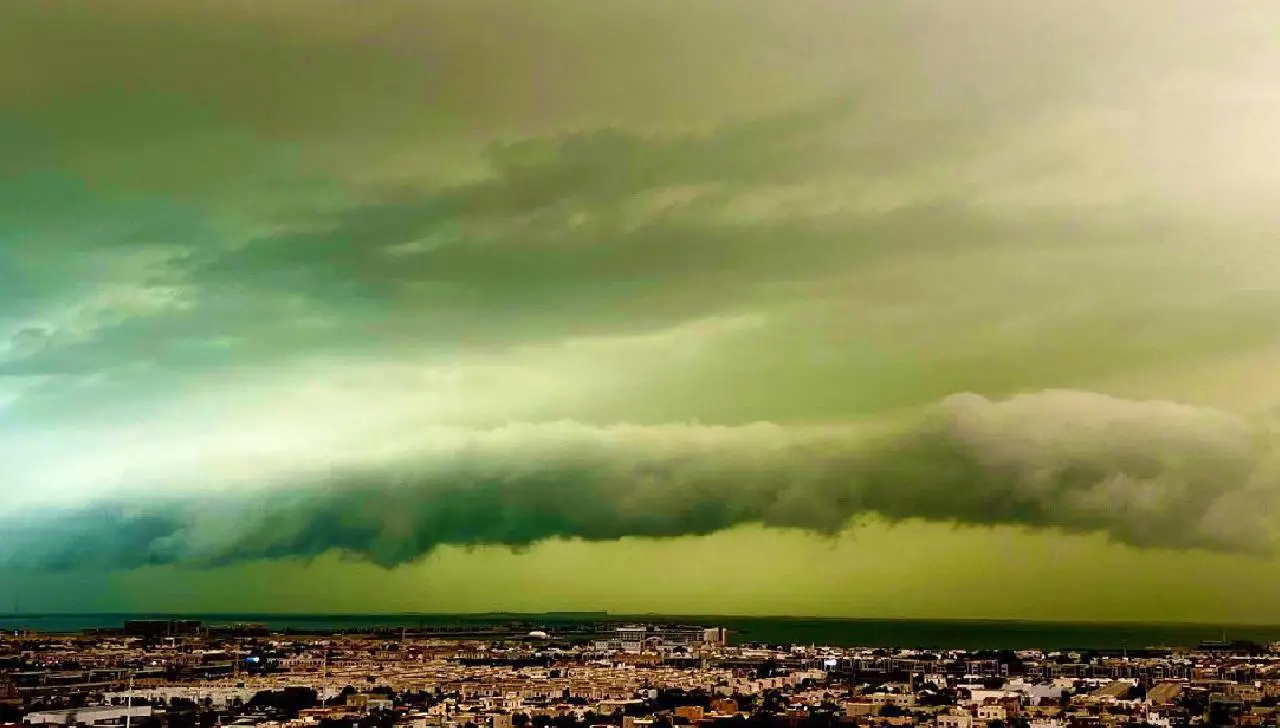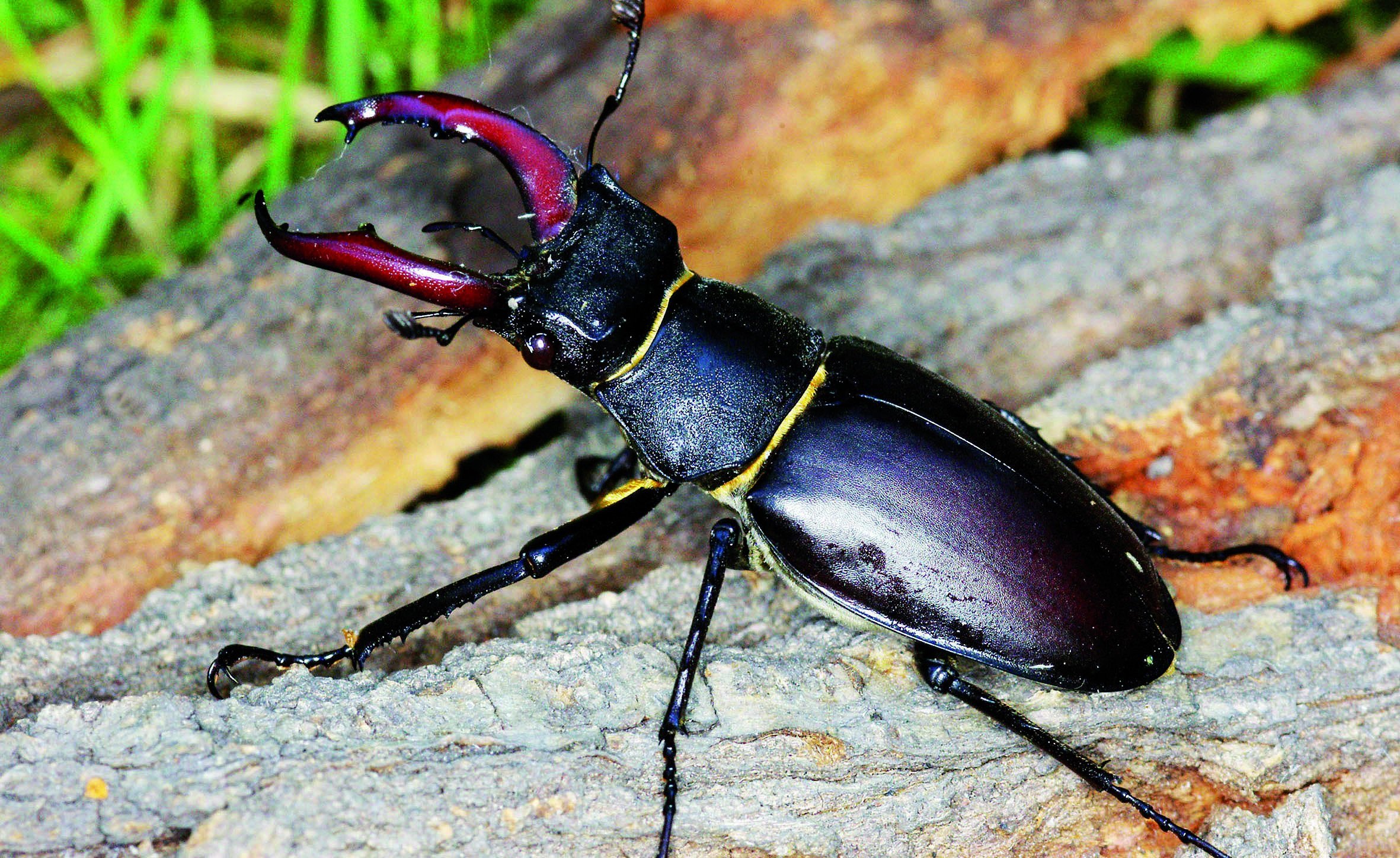Astronomers have found a really big black hole in our Milky Way galaxy. This huge black hole is special because it’s in a pair of stars. The discovery is exciting and surprises scientists. It helps us learn more about black holes.

When a very big star in space burns out, it explodes in a big event called a supernova. After the explosion, its center collapses into a tiny, super dense point called a black hole. Black holes have strong gravity, so strong that not even light can escape them. They’re like invisible giants in space.
Finding black holes is hard because we can’t see them directly. But the European Space Agency’s Gaia spacecraft helps. It maps stars in our galaxy with incredible detail. Scientists use Gaia’s data to study stars and find hidden black holes.
A team of scientists, including some from Tel Aviv University, looked at Gaia’s data. They focused on pairs of stars called binary systems. In one of these pairs, they noticed something strange. One star moved like it was orbiting something invisible. That something turned out to be a massive black hole.
This black hole is super heavy, 33 times heavier than our Sun. It’s the biggest black hole found in a binary system in our galaxy. The system is called Gaia BH3. It’s 1,500 light-years away from us.
The two stars in Gaia BH3 are very different. One is a normal star, while the other is the black hole. The normal star is very old, maybe more than 10 billion years old. This age gap between the star and the black hole is a puzzle for scientists.
Finding Gaia BH3 was tough. Black holes are hard to spot. But Gaia’s discoveries show there might be many more out there. Scientists are excited about what they might find next. This discovery could change how we think about black holes in our galaxy.








